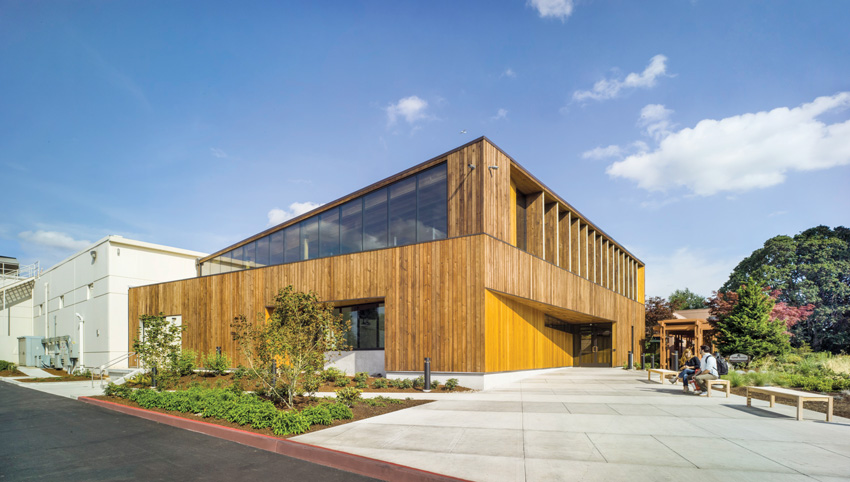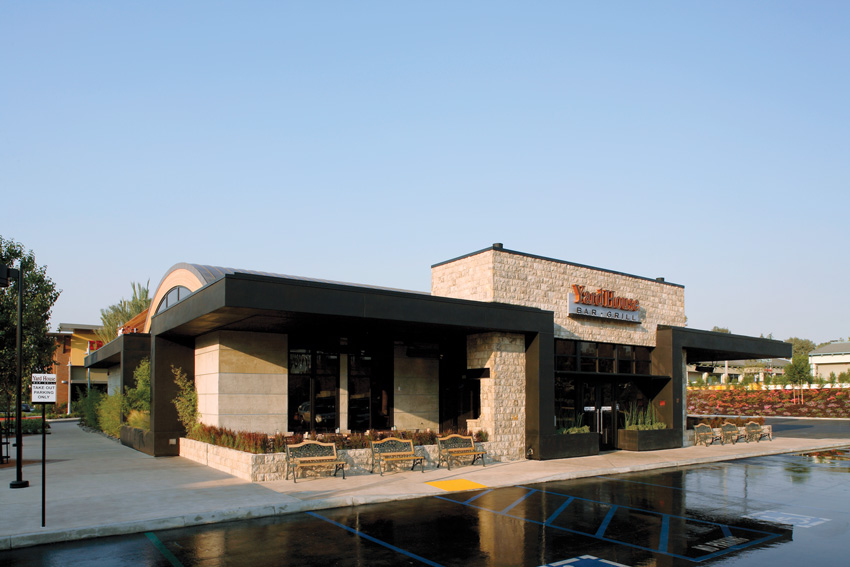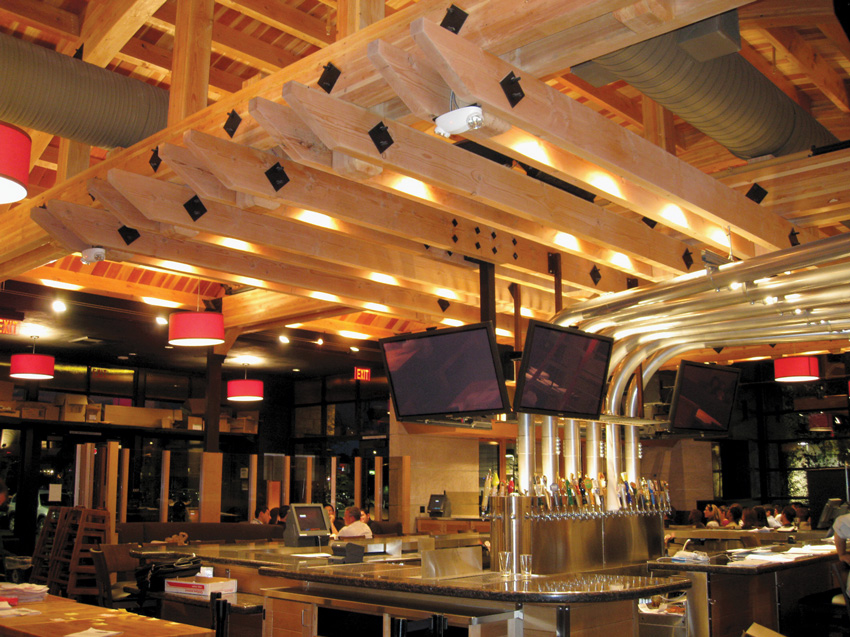Opportunities For Wood in Low-Rise Commercial Buildings
Learning Objectives:
- Explain how wood-frame systems can be used to achieve design objectives commonly associated with commercial structures, such as tall walls, flat roofs, parapets, and open-front floor plans.
- Identify cost savings associated with Construction Types III and V compared to Types I and II, per the International Code Council’s Building Valuation Data.
- Discuss opportunities for achieving unlimited area for wood-frame commercial buildings under the International Building Code and implications of multi-tenant occupancies.
- Review applications of wood-frame construction in low-rise commercial buildings, with an emphasis on restaurant, retail, and office occupancies.
Credits:
This course is approved as a Structured Course
This course can be self-reported to the AANB, as per their CE Guidelines
Approved for structured learning
Approved for Core Learning
This course can be self-reported to the NLAA
Course may qualify for Learning Hours with NWTAA
Course eligible for OAA Learning Hours
This course is approved as a core course
This course can be self-reported for Learning Units to the Architectural Institute of British Columbia
When designing restaurants, stores, and low-rise offices, certain features come to mind as typical. These buildings tend to have large openings that allow plenty of daylight. Many have high ceilings and (by extension) tall walls, open floor plans, and the ability to reconfigure the interior as tenant needs change. They often include irregular shapes, such as architectural features that make a chain restaurant instantly recognizable in a row of strip mall stores. Many also have flat roofs and parapets that hide rooftop mechanical units.

Photo: Eckert & Eckert
Diamond Foods Innovation Center
Location: Salem, Oregon
Architect: ZGF Architects
Engineer: KPFF Structural Engineers
Wood construction has the flexibility to meet all of these needs; wood can achieve the structural performance and quality objectives of even a large ‘big box’ store, cost-effectively, while providing a host of other advantages
This course is intended for building designers who want to learn more about the use of wood framing systems in low-rise commercial projects. For many, the motivation will be cost. As this course illustrates, wood structures can cost significantly less than comparable buildings made from other materials. Others are attracted to the idea of wood’s versatility, ease of use, and adaptability, while others still appreciate its renewability, sustainability, and light carbon footprint. Depending on the application, aesthetics and the growing body of research supporting wood’s biophilic qualities—i.e., the positive impact that exposed wood can have on a building’s occupants—may be the biggest driver for its use.
Intended to provide practical information that can be applied to projects, the course begins with code-related topics, including cost implications of construction type, opportunities for achieving unlimited area, and implications of multi-tenant occupancies. It provides an overview of wood wall and roof systems commonly used in commercial buildings, and highlights key design considerations. Examples of wood-frame buildings are highlighted, and a recent cost and environmental comparison of a big box store designed in wood versus steel is summarized. Code references refer to the 2015 International Building Code (IBC) unless otherwise noted.

















